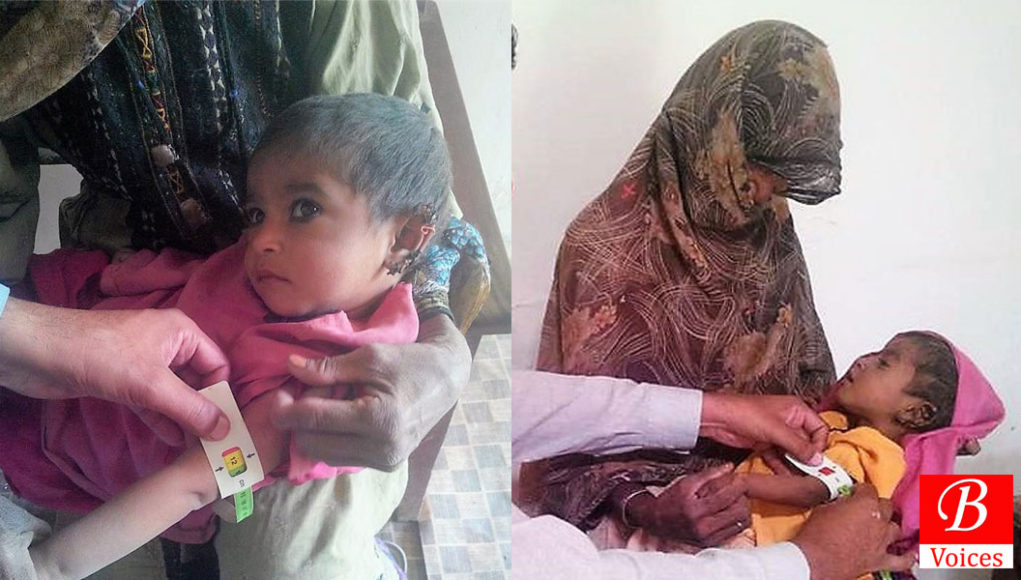Safi Ullah Shahwani
The effects of climate change are equally devastating for both contributing and non-contributing countries of greenhouse gases. However, the scale of damages is disproportionate given the lack of climate resilience, mitigation, and adaptation policies in developing countries like Pakistan in general and in their most neglected, conflict-ridden, politically and economically subservient regions, like Balochistan, in general.
By the time, these lines are written, the death toll in Balochistan has surpassed numbers provided by the Provincial Disaster Management Authority (PDMA), and more than 250 people have lost their lives in flood-related incidents. Loss of property, standing crops on thousands of acres, ripe date palm yield, and livestock devastations aside, women and children are the worst hit and will remain the most prone segments in the face of the after-effects of the floods. Reports of the epidemic outbreaks in shelter homes and makeshift camps have already been pouring in and people are forced to drink contaminated water, resulting in diarrhea and other water-borne diseases among children, specifically. Rehabilitation of many hundreds who have been injured, incapacitated, rendered homeless, lost breadwinners, and have suffered psychological distress will take months, if not years.
The governments, both federal and provincial are busy in relief activities. How, when, and in what form that assistance reaches to the ones worst hit by the catastrophe is a political discussion but the women and children, whose state of health is already in miserable conditions, will continue to suffer, giving rise to an already alarming mortality rate of mothers and infants in the province.
According to the report of the Pakistan Demographic Health Survey (PDHS) published in 2017, the total fertility rate (TFR) in Balochistan is 4.0 percent against the national 3.6 percent. Balochistan also has the highest number mother mortality (MMR) ratio which is 298 deaths per 100,000 live births against the national 186. This ratio was much higher in 2014 when PDSH published its report then: 785 deaths per 100,000 live births. The MMR in Balochistan will once again shoot up from what previously had been recorded due to the unfortunate fact that this province also retains the highest population growth rate: 3.7 against the national 2.4 percent as per census 2017.
High Contraceptive Prevalence Rate (CPR) in any region is one of the effective guarantees to arrest MMR and IMR and in Pakistan the current CPR is close to 35 percent whereas it is only 20 percent in pre-flood-hit Balochistan. It will definitely go down due to multiple factors.
It is learnt that over 1000 kilometer road has been washed away in the province, limiting the mobility of medical teams to the far-flung areas in a province whose vastness is not only its biggest strength but also its biggest weakness. Suffice it to say, the provincial capital remained disconnected for more than two weeks from rest of the country. Service delivery will always remain a challenge in the province with a population density of 35 persons per square kilometer against the national 236.
Similarly, a lack of concern by the provincial government on population control is yet another cause that has aggravated the vulnerability of women and children and will worsen it under the current circumstances. The Population Welfare Department, which is mandated to control the population and stabilize the growth rate, was devolved to the provinces following the 18th constitutional amendment in 2010. It seems the provincial government has attached little importance to its mandate and hence has kept it at bay despite the fact the Supreme of Pakistan, in a suo moto notice back in 2018, on the alarming growth rate, called all the provinces and sought recommendations on the issue. Finally, a Task Force was formed that formulated recommendations that were referred to the Council of Common Interest (CCI) by the Apex Court as national guidelines to be implemented in all four provinces. But Balochistan has performed very poorly on these recommendations which include, among others:
1. To establish National and Provincial Task Forces (TFs) for steering, providing oversight, and taking critical decisions to reduce population growth, lower fertility rate and increase CPR. The provincial TF was to be chaired by the respective Chief Ministers to include Provincial Ministers of Population, Health, Education, Finance, Planning, and representatives of civil society by 31st December 2018. But neither the previous Chief Minister nor the incumbent has called any such meeting to deliberate upon the issue and hence the matter lingers on at the cost of lives of women and children.
2. Universal Access to Reproductive Health Services through involving multiple stakeholders was recommended but nothing to that effect has happened so far. Even worst, PWD Balochistan has failed to timely procure contraceptives for its own needs, and reportedly the reproductive health centres are without contraceptives for months.
3. Linking of population programmes was also envisaged with Social Safety Net Programmes like Benazir Income Support Programmes to incentivize schemes of FP services. That too has not been discussed at any level yet.
4. As regards the finances, the Federal Government was to create a five-year non-lapsable Special Fund for arresting this growth through various multi-pronged and innovative strategies. But the reverse has happened in the case of Balochistan as a severe budget cut has been imposed on the already meager resources of PWD Balochistan, reducing its capacity to deliver its services in the province.
5. Legislation was also recommended to include pre-marital counseling on family planning as mandatory for Nikah registration but nothing to this effect has happened yet.
Thus, the wrath of nature compounded by a lack of concern and maladministration would bring more deaths to pregnant women and infants in the province. It will also increase the already staggering number of anemic mothers and malnourished children to unimaginable degrees. The Government of Balochistan needs to adopt a multi-pronged inclusive strategy towards disaster management by promoting climate-resilient communities. Working in isolation by certain wings of the government will not bring any meaningful change unless mitigation and adaptation strategies are developed by the government at the grass root level through a coordinated effort of lined departments. And, climate resilience through mitigation and adaptation is only possible among communities when there is in-depth sensitization on reproductive health and promotion of healthy family norms by meeting the unmet needs of the eligible couples.
The writer is a former Quetta-based journalist, currently working as Assistant Director with Population Welfare Department, Balochistan.
Disclaimer: Views expressed in this article are those of the author and Balochistan Voices does not necessarily agree with them.
Share your comments!








